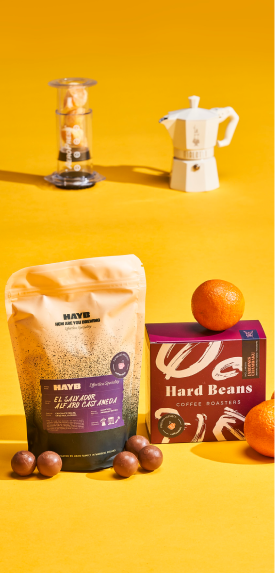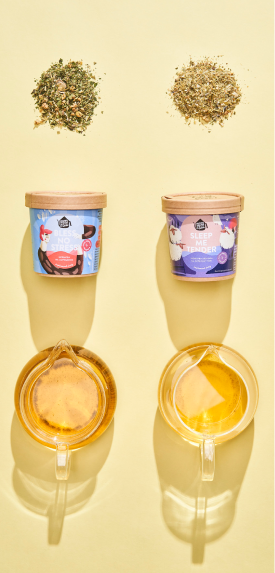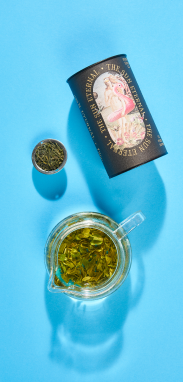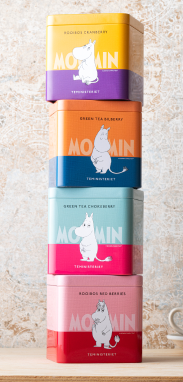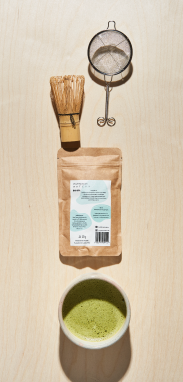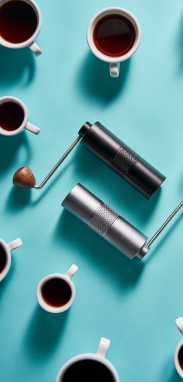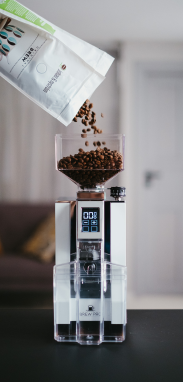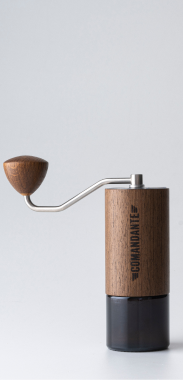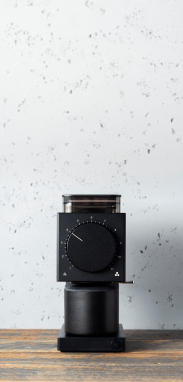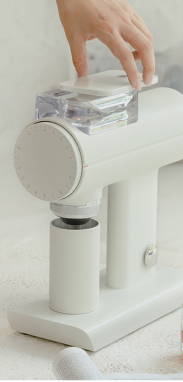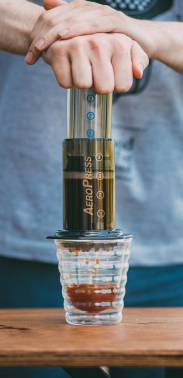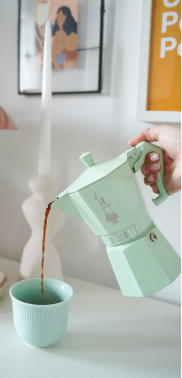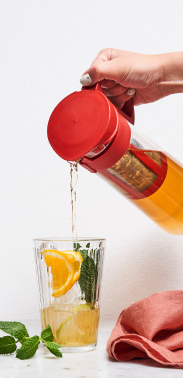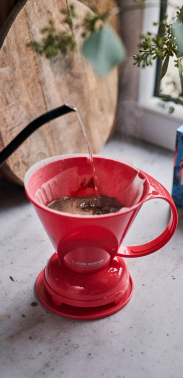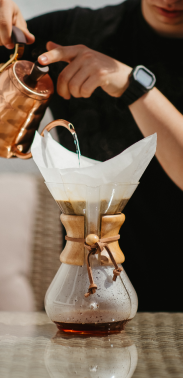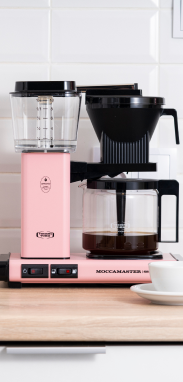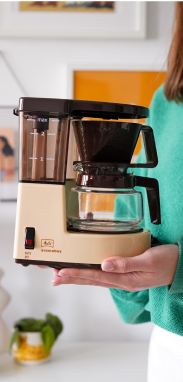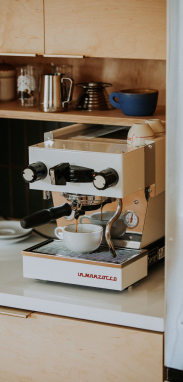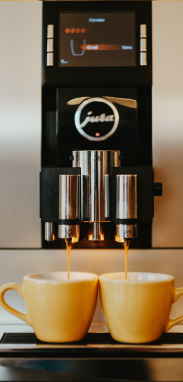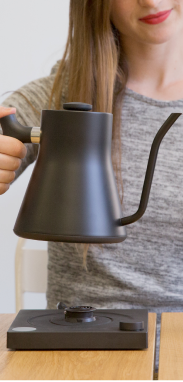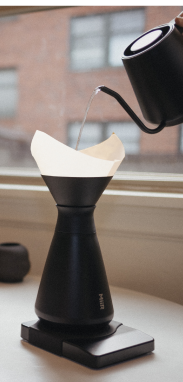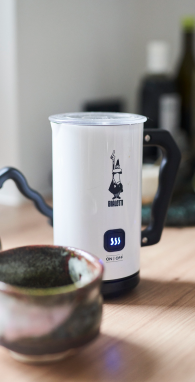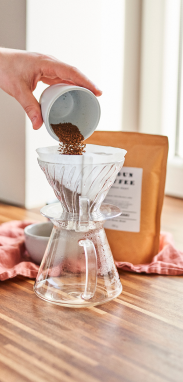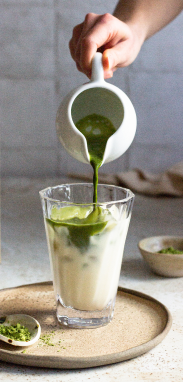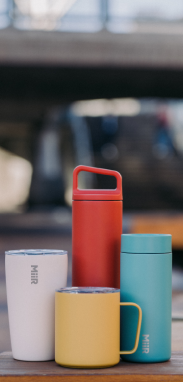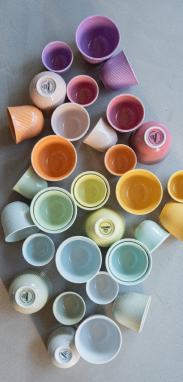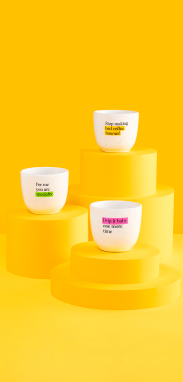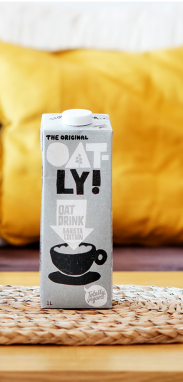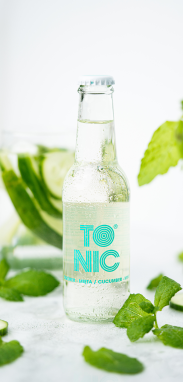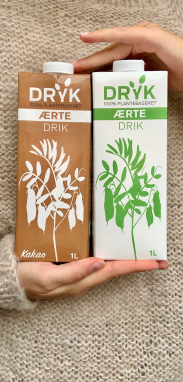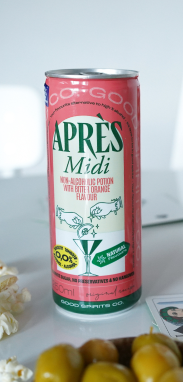Frequently Asked Questions – product questions and answers
Coffee
Coffee beans from South and Central America will be less acidic. You can taste notes of chocolate and cocoa combined with fruit notes in coffees from El Salvador or Honduras. On the other hand, coffee beans from Asia, e.g. from India or Indonesia, have more dry notes of spices or cocoa.
If you are at the beginning of your adventure with coffee, we recommend beans from South and Central America, especially those from Brazil. They will be sweeter, with noticeable notes of chocolate, nuts or caramel, most reminiscent of the classic coffee flavors you know from your home or a café.
More advanced coffee drinkers should try the beans from Africa, e.g. from Ethiopia, which have intense, sweet and fruity flavors.
Coffee beans roasted for espresso will work best in the moka pot – they will give you the maximum sweetness and full flavor in the cup. The taste and texture of such coffee will resemble coffee from an espresso machine and will go very well with milk.
If you like fruity, acidic coffees, you can also try out filter roast in a moka pot as well.
Definitely espresso roasts :) But even these can sometimes turn out to be too acidic, so you might want to start with Italian artisan coffees, e.g. from the Arcaffe roaster. Remember that the more Robusta there is in the blend, the more intense and bitter the coffee is.
However, if you choose single-origin coffees, remember that in the beans from South or Central America acidity is lower than, for example, in African coffees. If you prefer even less acidity, pay attention to the treatment method. Natural and pulped natural will reduce acidity, while the wet (washed) treatment will emphasize it.
Tea
Matcha is a Japanese green tea in the form of crushed leaves with a powder–like consistency. The tea bushes from which matcha is prepared are heavily shaded, which results in the characteristic umami flavor of matcha. Shading also slows down the growth of shrubs and increases the amount of chlorophyll in the leaves, which results in an intense green color of the infusion. The entire matcha production process is very time-consuming and laborious, which affects its final price.
Thanks to special cultivation, matcha also contains more amino acids and antioxidants. It also has a stronger effect than green leaf tea. One cup of matcha = ten cups of classic green tea. It is consumed not only as an infusion, but also as a healthy addition to cocktails, desserts and many oriental dishes.
We often hear that rooibos is tea, but that is just a convenient mental shortcut. In fact, rooibos is African red bush and is obtained from the leaves of the Aspalathus Linearis shrub, not Camellia Sinensis (of which tea is actually made).
Rooibos contains many antioxidants, so it is beneficial to our health and is naturally caffeine-free. Rooibos also provides an original sensory experience. Characteristic notes for the red variety are: honey, caramel, wood and hot spices.
Grinders
Bear in mind that regardless of whether your chosen grinder is manual or automatic, it must have burr blades and grinding adjustment (each method of brewing coffee requires a different degree of grinding).
Manual grinders are a great choice for beginners. They are affordable, easy to use and also portable, which means that you can enjoy your favorite coffee anywhere. They are available in more affordable versions, such as Rhinowares, Hario or Porlex, as well as in the higher price range, such as Timemore or Comandante, the quality of which is as fine as that of automatic grinders.
Automatic grinders are convenient and quick to use, even the cheaper ones often offer a better grinding quality than their manual cousins – mainly due to the steel axle, heavier structure and a motor. They can also grind a larger batch of coffee at a time than manual grinders.
For those who value convenience and speed of use and those who drink coffee in large quantities, an automatic grinder will be a much better choice. However, if you drink coffee occasionally or once a day and would also like to enjoy it on your trips, an easy-to-use, mobile hand grinder is enough.
A manual grinder for overflow methods should have a wide range of grind settings (always coarser than for an espresso). Starting from grind that resembles sand for a moka pot, through coarse sand for Aeropress, even coarser for a dripper, to gravel for Chemex. In fact, all hand grinders will work well for pour-over brewing methods. However, you should remember that the more expensive and better built the grinder, the better the quality of the grind. With more affordable solutions, you must factor in the possibility of, for example, differences in the size of the particles with coarser grinding.
An automatic grinder for pour-over methods should primarily have burrs and grinding adjustment. The slightly cheaper versions of the grinders adapted for pour-over methods have steel burrs, easy grinding adjustment and a powerful motor, which gives you a good quality of the grind. They are also easy to clean.
The models we offer for the start are: Wilfa Svart, Baratza Encore and Eureka Mignon Filtro.
The best and basically the only manual grinder that can handle a solid espresso grinding is the Comandante.
Espresso is a very demanding brewing method and it is better to save money on the coffee machine than on the grinder. It is the grinder that mostly determines the taste of coffee. If the coffee is ground finely and without dust, even the cheapest coffee machine will give you a pleasantly surprising result.
The preparation of espresso is demanding, and, therefore, the grinder must be properly built. Steel, flat and large burrs are best for automatic grinders. The larger the burrs, the shorter the contact with the coffee beans, because the grinding is faster. As a result, friction and heating of the burrs are reduced.
The Eureka Mignon model is a good choice for home baristas. It has large steel burrs, which provide quick and even grinding, and a steel, stable structure.
However, if you want to invest in a coffee grinder at a reasonable price range, the Eureka Atom model will work well. Even larger burrs, as much as 65 mm, guarantee even better and faster grinding. This grinder has a dose programming system and a built-in cooling system, and it works quietly.
This is due to several factors, including their structures and materials of which they are made. Espresso is a very demanding method and doesn’t compromise, which is why the grinders that are adapted to it are made with the greatest precision and attention to detail. The burrs inside the espresso grinder are made of stainless steel, which exhibits high mechanical properties. Such steel is also sensorically neutral, which is important for high-quality coffee grinding.
Espresso grinders are also characterized by an appropriately adapted geometry to prevent a blockage during grinding, which would increase friction and release dust, which affects the bitterness in coffee and distorts the purity of its taste. The design is refined so that the burrs are perfectly fitted and firmly seated, and thus they can grind evenly.
If you want to invest in a reliable equipment for both methods, the choice among hand grinders is not wide – the only right one is the Comandante..
When it comes to automatic grinders, the Baratza Settemodels are very good: they have steel, conical burrs, are easy to clean, and you can choose a version with a built-in scale, which will allow precise dosage of coffee into the espresso portafilter.
Burr mills grind coffee beans that fall into a small space between two burrs. The rotation of one of the burrs after grinding the beans leads the particles outside the mechanism. The burrs grind the beans more evenly and ensure a more precise regulation of the grinding coarseness.
Blade (propeller) grinders use high speed to chop the coffee thrown into the chamber. They do not allow you to set the size of the grind. The grind will not be even, which will not provide good coffee extraction and will result in acidity and bitterness of the brew. Due to high speed and high friction, more heat is generated between the blades, which also has a negative effect on the quality of the brew. In addition, they are louder than burr grinders.
Maintenance and Cleaning
An important issue in the maintenance of coffee grinders is the coffee you grind. Dark roast coffees have more oils that accumulate on the surface of the beans, which can affect the burrs. Flavored coffees will be just as harmful.
Once a week, it is good to clean the grinder mechanically, e.g. with a vacuum cleaner. However, it will not remove everything. It is best to clean it up thoroughly once a month or after you have ground a whole packet of coffee. One of the methods is using the Urnex Grindz Grinder Cleaning Tablets. Thanks to their unique composition, they attract most residue and oils. Detailed instructions are on the box or in our article: "How to clean coffee grinders?".
Even if you take care of the grinder and it has been properly maintained, after some time you have to look inside and clean the burrs. In most grinders, you should set the grinder to the coarsest grind possible, or even go off the scale. After removing the bean container, you have full access to the burrs and you can clean them with a toothpick and a soft brush. If you feel that the burrs leave a slightly greasy residue on your fingers, you can use a bit of Urnex Cafiza Espresso Machine Cleaning Powder. Half a teaspoon of Cafiza, some hot water and a thorough scrubbing of the burrs will do wonders. Remember! The burrs need to be thoroughly rinsed and dried with a paper towel. After putting the grinder together, grind one dose of coffee. This will prevent any potentially missed chemicals from spoiling the taste of the next coffee.
All you need is a bit of a cleaning product, e.g. by Urnex, and a blind filter that will prevent water from flowing through the portafilter, and will leave it inside. Pour the powder into the filter, attach the portafilter to the group and start the espresso coffee machine. A solution will be created in the strainer, which will clean all elements of the shower, and will also be pumped into circulation. A group head cleaning brush will also come in handy to remove coffee residues from every nook and cranny.
Most automatic coffee machines inform you about what they need. The display notifies you that the machine requires cleaning, descaling or cleaning the milk system or rinsing. There are appropriate detergents for this, for example Jura, Nivona, Urnex.
Semi-automatic and some automatic espresso machines have a nozzle for frothing milk. After each use, you should wipe it clean with a damp cloth and blow it with steam.
Most of the automatic espresso machines have integrated milk frothing systems and they remind you to rinse them, e.g. by connecting the end of the hose to the drip tray and clicking the appropriate button. Every now and then, with frequent foaming, or when the machine informs you about it, it is worth using an appropriate milk system cleaning liquid, which you pour into the container to which the hose is attached.
The best way is to prevent limescale build-up by using filters and a filter jug. Filtered water does not have a negative effect on your equipment. However, if descaling is necessary, follow the instructions for the given equipment. It is safest to use a special liquid or powder descaler, eg Urnex Cafiza or Urnex Dezcal.
Equipment and accessories
Coffee pots that will be suitable for induction hobs start from the size of 3tz up (i.e. allowing you to prepare at least 3 cups of espresso) and should be made of steel, because the induction cooker does not detect dishes made of aluminum.
Examples of induction models: Bialetti Venus 6tz, Bialetti Kitty 6tz, Bialetti Moka Induction.
KeepCups are eco-friendly reusable cups that are a great alternative to disposable take-away cups. Hence, they are not thermal mugs that are fully sealed even when thrown into a bag. The brand's goal was to create a sustainable and ecological alternative to disposables. KeepCups are lightweight, have a great design and allow you to stand out from the crowd.
Recently, a new series of KeepCup Thermal cups has been launched, which, thanks to the double walls made of stainless steel, allows you to keep your drinks warm for longer.
The Moccamaster models with a glass server have a hot plate switch with two options – maintaining the temperature at 80–85 degrees Celsius (semicircle) and the option of a hot plate (full circle). The heat is maintained for about 40 minutes.






